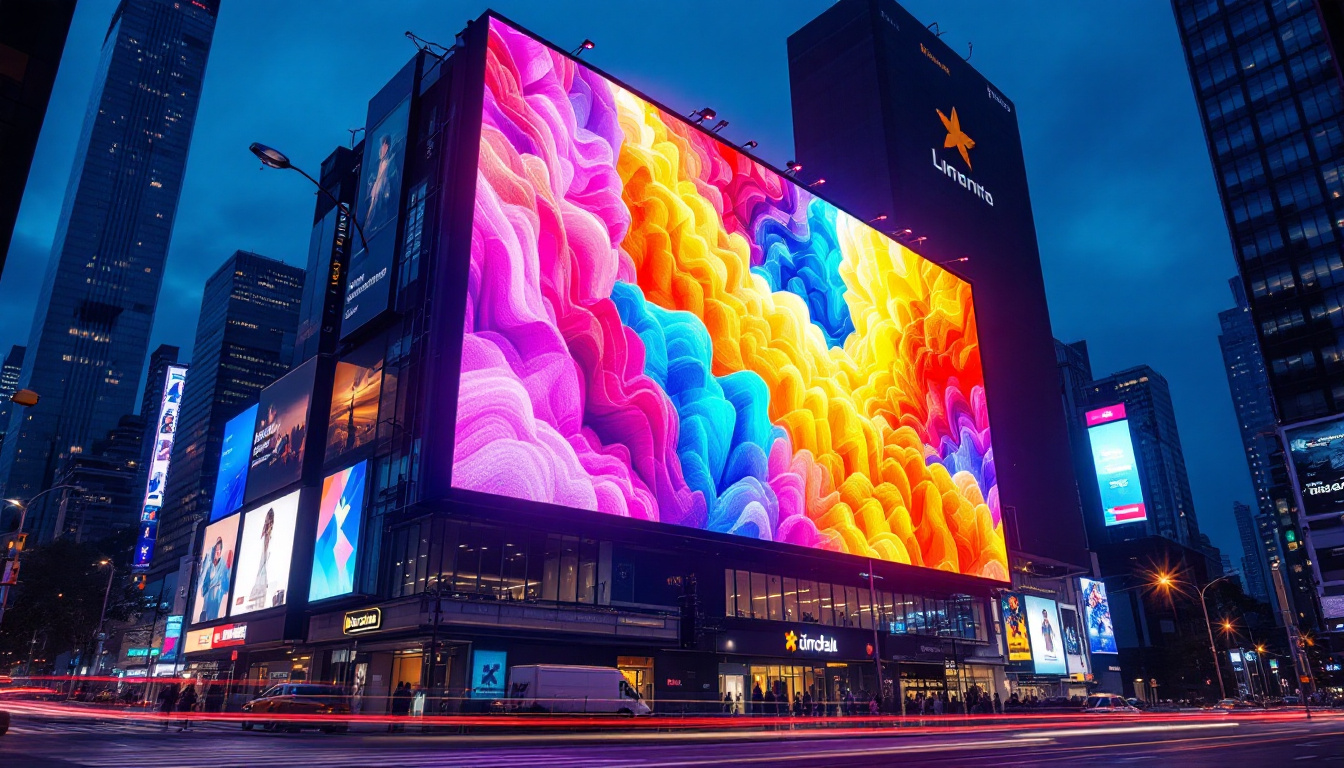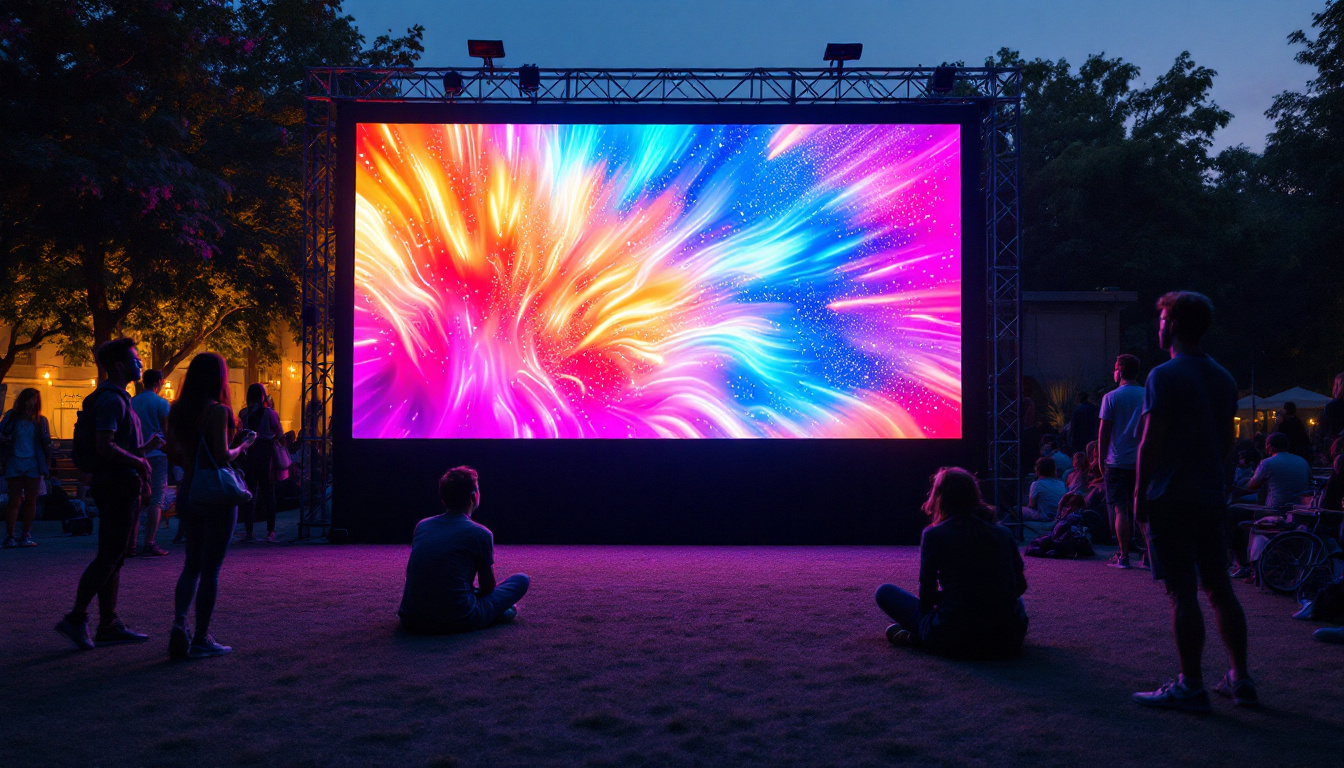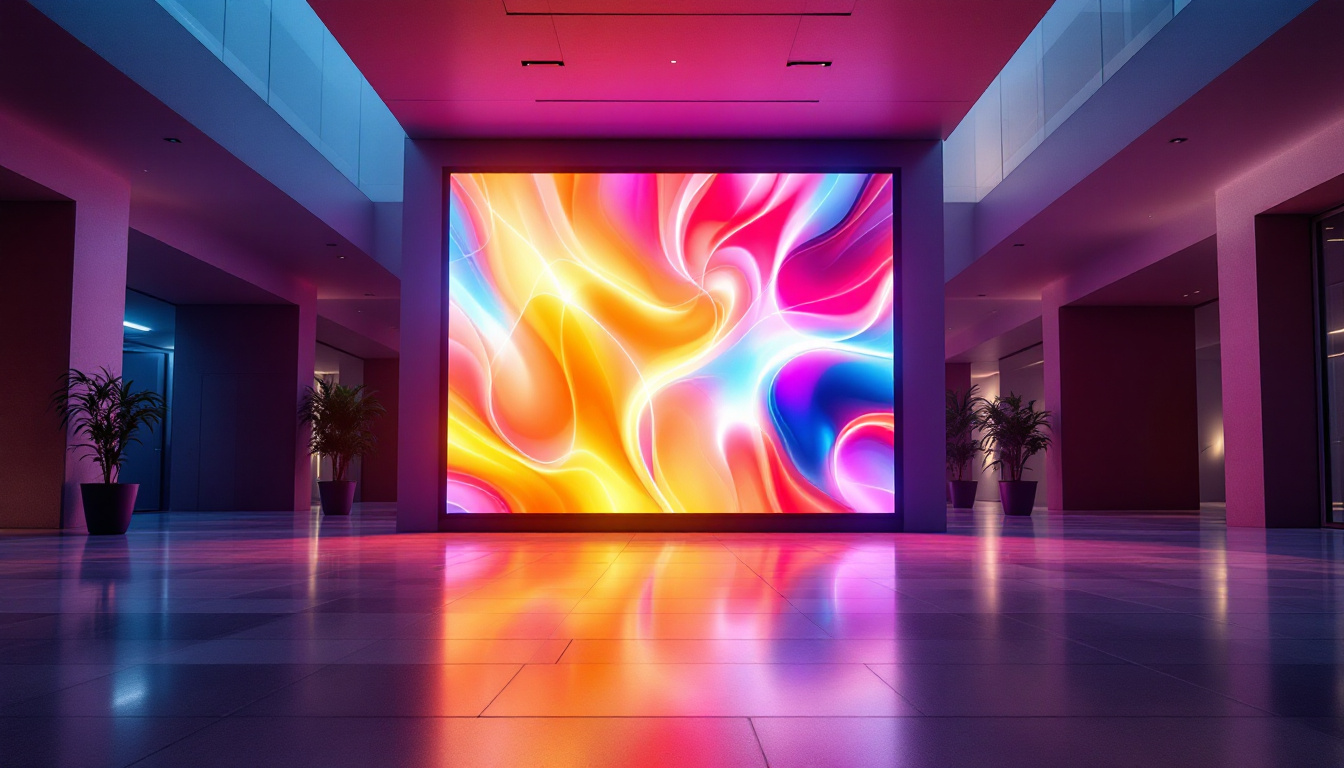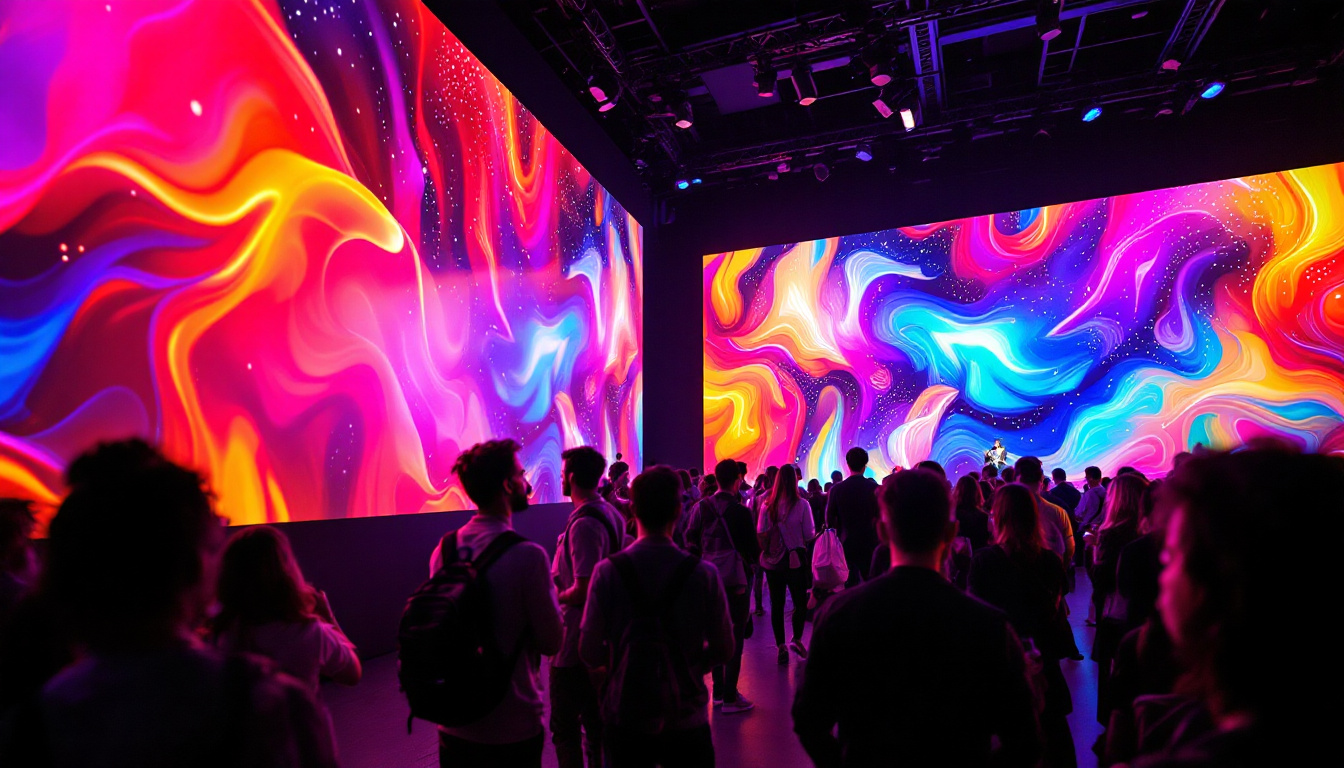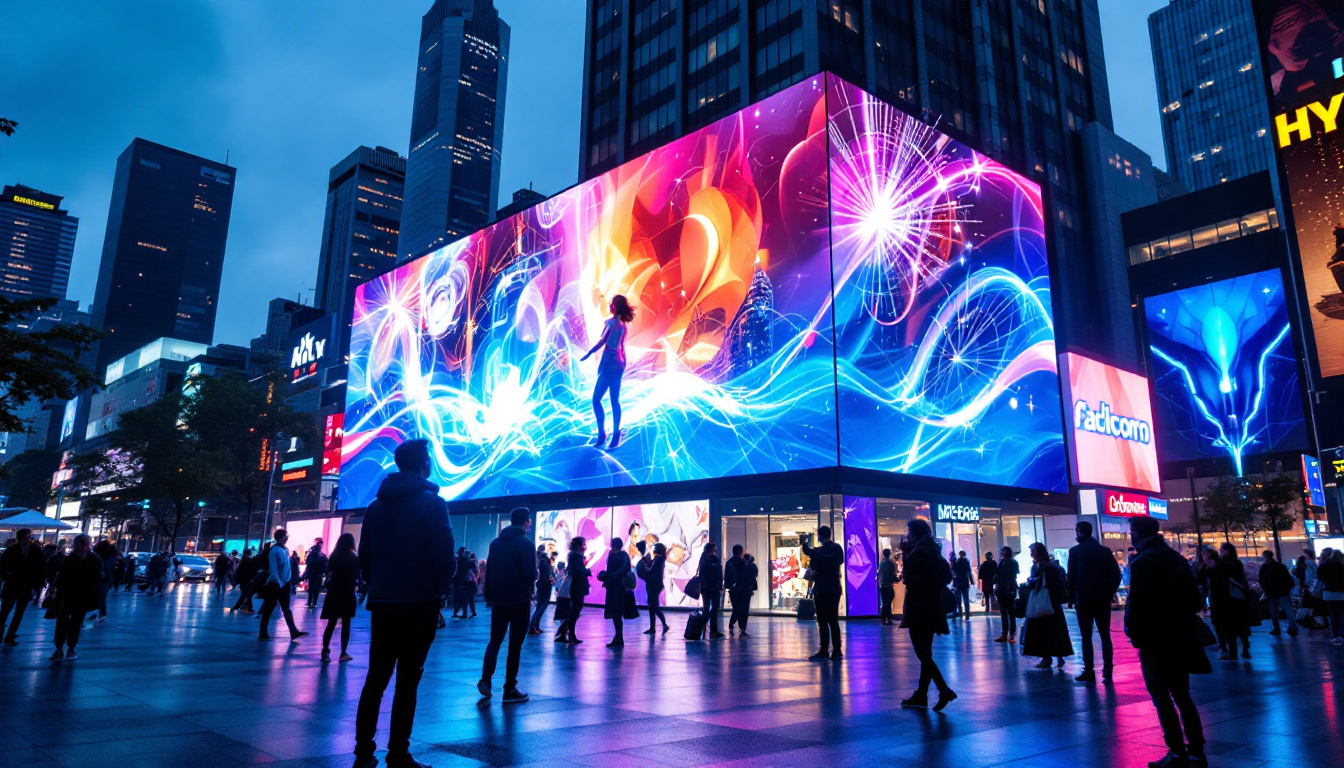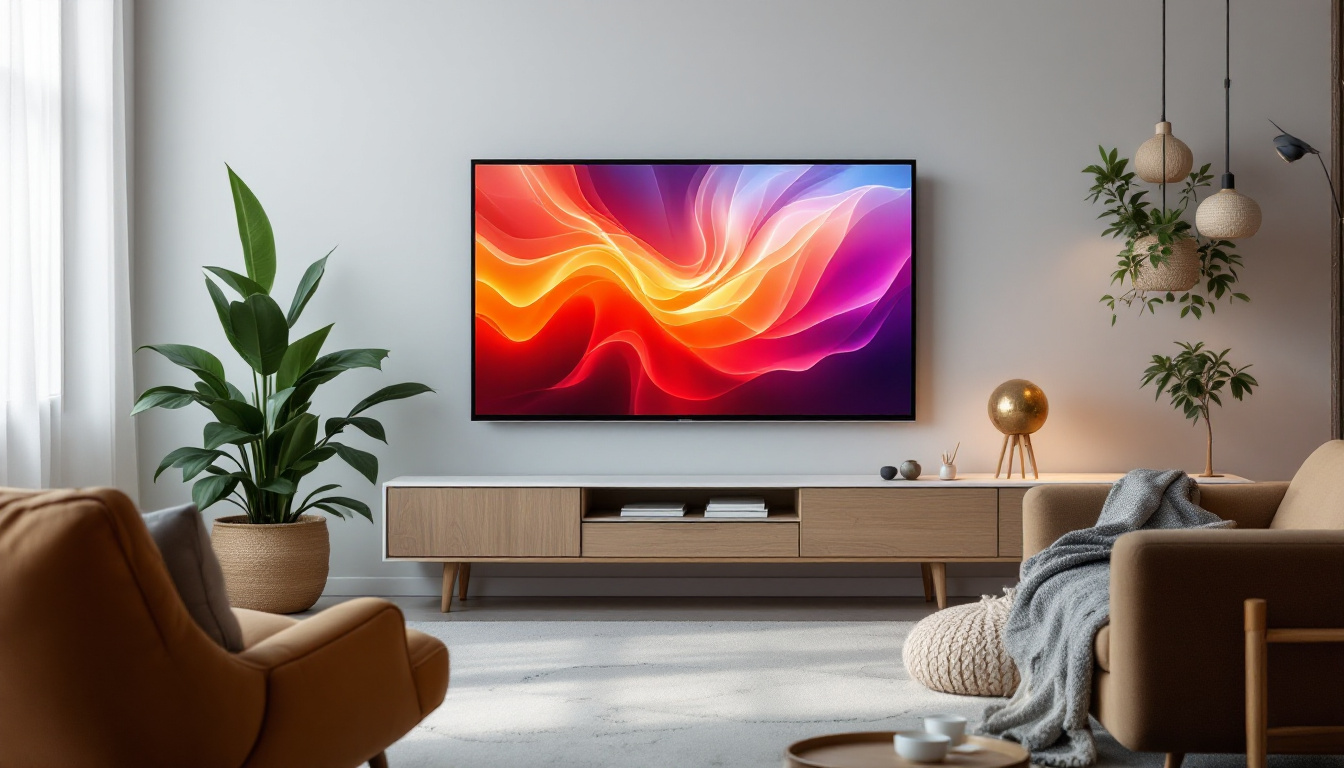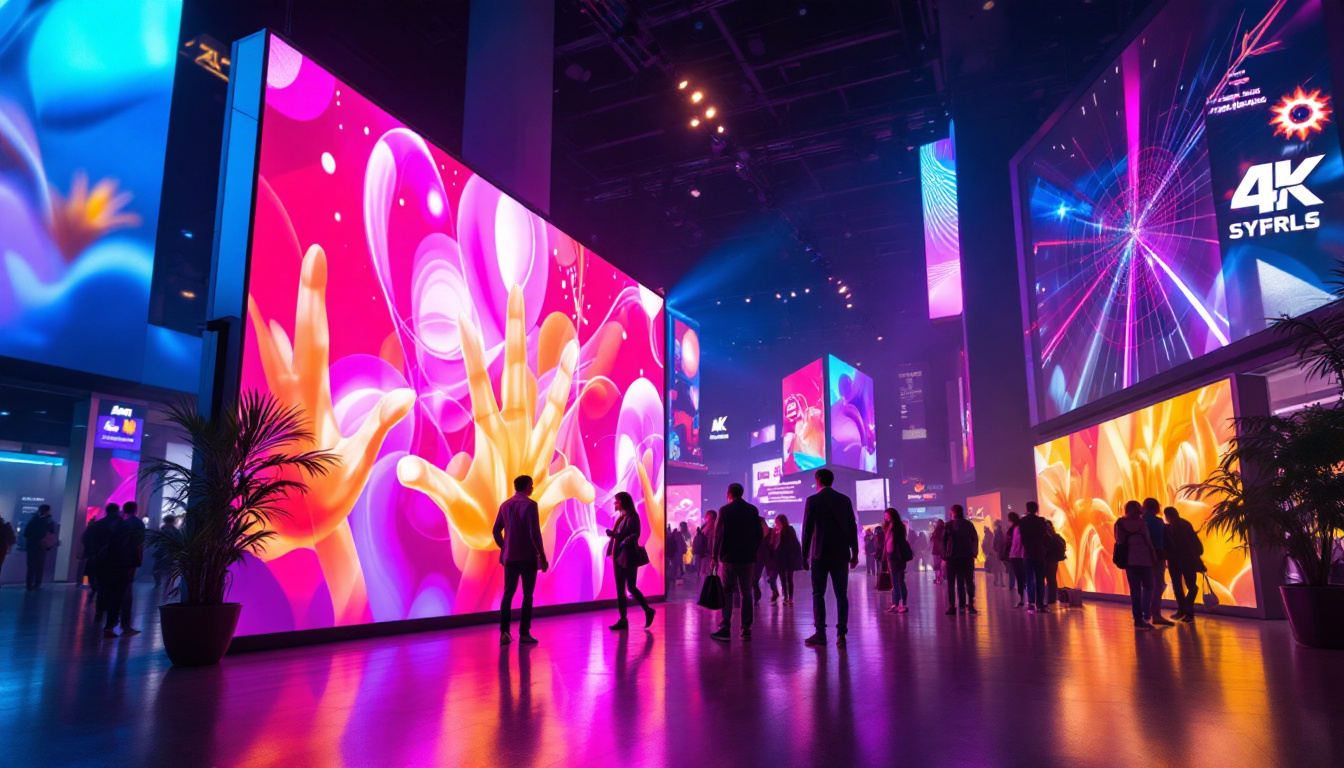In the ever-evolving world of technology, the television has undergone significant transformations, particularly with the advent of LED displays. These innovations have not only enhanced the viewing experience but have also changed the way we interact with visual media. This article delves into the intricacies of LED display technology, its advantages, and how it compares to other display types.
Understanding LED Technology
LED, or Light Emitting Diode, technology has revolutionized the way screens are built and how images are displayed. Unlike traditional cathode ray tube (CRT) televisions, LED displays utilize semiconductor materials that emit light when an electric current passes through them. This fundamental shift has led to thinner, lighter, and more energy-efficient televisions. The impact of LED technology extends beyond just televisions; it has also transformed the realms of computer monitors, smartphones, and even large-scale digital signage, making vibrant displays more accessible to consumers and businesses alike.
The Basics of LED Displays
At the core of LED technology is the diode itself, which is a component that allows current to flow in one direction. When current passes through the diode, it emits light. This property is harnessed in LED displays to create vibrant images. The diodes can be arranged in various configurations, leading to different types of LED displays, such as edge-lit and full-array. The efficiency of LED technology not only enhances the viewing experience but also contributes to a reduction in energy consumption, which is a crucial factor in today’s environmentally-conscious market.
Edge-lit displays use LEDs positioned along the edges of the screen, while full-array displays have a grid of LEDs behind the screen. Full-array technology often results in better contrast and uniformity in brightness, making it a preferred choice for high-end televisions. Furthermore, advancements in local dimming technology allow for even greater control over the brightness of specific areas of the screen, enhancing the overall picture quality and depth of color, which is particularly beneficial when watching movies or playing video games.
Types of LED Displays
LED displays can be categorized into several types based on their construction and technology. The most common types include:
- Direct LED: This type features LEDs placed directly behind the screen, providing better brightness and contrast.
- Edge-Lit LED: As mentioned, this configuration places LEDs along the edges, allowing for a thinner design.
- Mini-LED: A more recent advancement, mini-LED technology uses smaller diodes, enabling more precise control over lighting and contrast. This innovation allows manufacturers to create displays that boast deeper blacks and brighter highlights, enhancing the overall dynamic range of the images.
- MicroLED: This is an emerging technology that uses microscopic LEDs to create self-emissive pixels, offering incredible brightness and color accuracy. MicroLED displays are particularly exciting because they promise to combine the best features of OLED and traditional LED technologies, potentially leading to displays that do not suffer from burn-in issues while still delivering stunning visuals.
Advantages of LED Displays
LED displays offer numerous advantages over traditional display technologies, making them a popular choice among consumers and manufacturers alike. Understanding these benefits can help potential buyers make informed decisions.
Energy Efficiency
One of the most significant advantages of LED technology is its energy efficiency. LED displays consume less power compared to older technologies like CRT and even some LCD screens. This efficiency not only reduces electricity bills but also contributes to a smaller carbon footprint, making LED TVs a more environmentally friendly option. Furthermore, many LED displays come with energy-saving modes that automatically adjust brightness based on ambient light, further enhancing their energy-saving capabilities. This intelligent technology ensures that users can enjoy high-quality visuals without the guilt of excessive energy consumption.
Picture Quality
Picture quality is paramount when it comes to televisions, and LED displays excel in this area. They offer higher brightness levels, improved contrast ratios, and vibrant colors. The ability to produce deep blacks and bright whites enhances the overall viewing experience, making LED displays ideal for watching movies, sports, and playing video games. Additionally, advancements in LED technology, such as Quantum Dot and OLED integration, have further elevated picture quality, allowing for even more precise color accuracy and a wider color gamut. This means that viewers can experience their favorite content in stunning detail, with colors that pop and images that feel lifelike.
Longevity and Durability
LED displays are known for their longevity. With a lifespan that can exceed 50,000 hours, these televisions can last for years without significant degradation in performance. This durability is particularly appealing for consumers who wish to invest in a long-lasting product. Moreover, the robust construction of LED displays makes them less susceptible to damage from impacts or environmental factors, such as humidity and temperature fluctuations. This resilience ensures that users can enjoy their investment for years to come, making LED displays a wise choice for both home and commercial use. Additionally, many manufacturers offer warranties that reflect the confidence in the durability of their products, providing peace of mind to consumers.
Comparing LED Displays to Other Technologies
While LED displays have many advantages, it is essential to compare them with other technologies to understand their unique position in the market. Two primary competitors are OLED and traditional LCD displays.
LED vs. OLED
Organic Light Emitting Diode (OLED) technology is often seen as the next step in display evolution. OLED displays feature self-emissive pixels, allowing each pixel to turn on and off independently. This capability results in perfect blacks and superior contrast ratios. However, OLEDs can be more expensive and may suffer from burn-in issues, where static images can leave a permanent mark on the screen.
In contrast, LED displays, particularly those with full-array backlighting, can still deliver excellent picture quality at a more affordable price point. For consumers seeking a balance between performance and cost, LED remains a strong contender.
LED vs. Traditional LCD
Traditional LCD displays rely on fluorescent backlighting, which can lead to lower brightness and color accuracy compared to LED displays. While both technologies utilize liquid crystals to create images, the introduction of LED backlighting has significantly improved the performance of LCDs, making them more competitive.
LED displays generally offer better color reproduction and contrast, making them the preferred choice for many consumers. However, traditional LCDs may still be found in budget models, appealing to those who prioritize cost over performance.
Choosing the Right LED Display
When selecting an LED display, several factors should be considered to ensure the best fit for individual needs. Understanding these aspects can help consumers make informed decisions.
Screen Size and Resolution
The size of the screen and its resolution are critical factors to consider. Larger screens provide a more immersive experience, especially for watching movies or playing video games. However, the ideal size also depends on the viewing distance; a larger screen may not be suitable for smaller rooms.
Resolution is equally important. Higher resolutions, such as 4K and 8K, offer sharper images and more detail. For most consumers, a 4K display is sufficient, providing a significant upgrade over standard HD while remaining accessible.
Smart Features and Connectivity
Modern LED displays often come equipped with smart features, allowing users to stream content from various platforms directly. Connectivity options, such as HDMI ports, USB inputs, and wireless capabilities, are essential for integrating the television into a home entertainment system. Ensuring that the chosen model has the necessary features can enhance the overall experience.
Budget Considerations
Budget is always a significant consideration when purchasing a new television. LED displays come in a wide range of prices, influenced by factors such as size, resolution, and brand. It is essential to establish a budget before shopping and to consider the long-term value of the investment. While it may be tempting to opt for the cheapest option, investing in a quality LED display can yield better performance and longevity.
Future Trends in LED Technology
The landscape of LED technology is continually evolving, with new advancements on the horizon. Understanding these trends can provide insight into what consumers can expect in the future.
Advancements in Display Technology
As technology progresses, innovations such as mini-LED and microLED are gaining traction. Mini-LED technology allows for more precise local dimming, resulting in improved contrast and brightness control. This advancement is particularly beneficial for HDR (High Dynamic Range) content, enhancing the viewing experience.
MicroLED, on the other hand, represents a significant leap forward, as it combines the best aspects of OLED and LED technologies. With self-emissive pixels that can achieve incredible brightness and color accuracy, microLED displays are poised to redefine the television market. However, widespread adoption may take time due to production costs and scalability challenges.
Integration with Smart Home Technology
The integration of LED displays with smart home technology is another trend to watch. As the Internet of Things (IoT) continues to grow, televisions are becoming central hubs for home automation. Features such as voice control, compatibility with smart assistants, and integration with other smart devices are becoming standard in modern LED displays.
Conclusion
LED display technology has transformed the television landscape, offering consumers a blend of energy efficiency, superior picture quality, and longevity. As advancements continue to emerge, understanding the nuances of LED displays will empower consumers to make informed choices that enhance their viewing experiences.
Whether opting for an edge-lit model, a full-array display, or exploring the latest in mini-LED and microLED technology, the future of television looks bright. With the right knowledge and considerations, anyone can find the perfect LED display to fit their lifestyle and entertainment needs.
Discover the Future of Visual Experience with LumenMatrix
Ready to elevate your visual experience with the latest in LED display technology? LumenMatrix is at the forefront of innovation, offering a diverse range of LED display solutions tailored to your needs. From captivating Indoor LED Walls to dynamic Outdoor LED Displays, and from versatile Vehicle LED Displays to sleek LED Poster Displays, our products are designed to make your brand shine. Embrace the future with our advanced LED Sports Displays, interactive Floor LED Displays, and the revolutionary All-in-One and Transparent LED Displays. Join us in revolutionizing visual communication and create an impact that resonates with your audience. Check out LumenMatrix LED Display Solutions today and be a part of the visual revolution.



